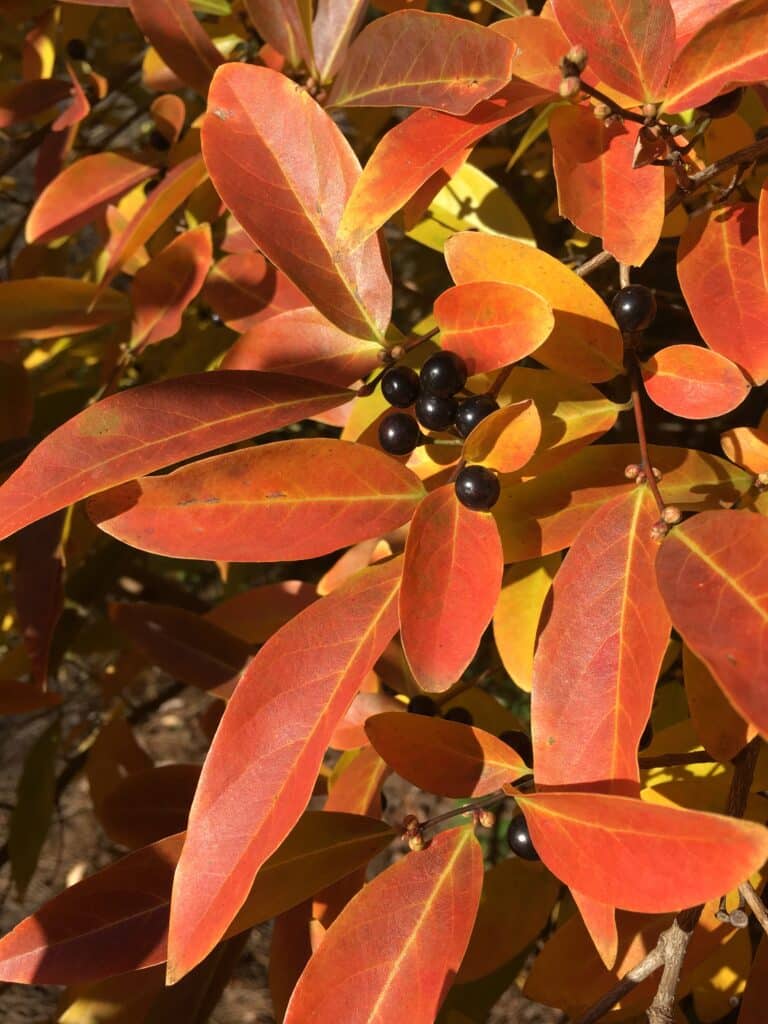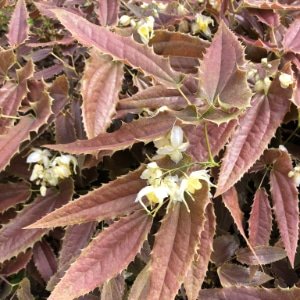If you’re one of the 356 gazillion people in the area who lost a row of cherry laurels, boxwoods or who knows how many perennials to this past winter, you’re in luck . . . sort of. Not that you’re in luck because you lost plants to the Christmas polar plunge. Rather you’re in luck because there’s an outstanding regional resource to help you pick well adapted and superior performer plants to fill the newfound holes in the garden.
Since 1999, the Theodore Klein Plant Award program has released an annual list of garden plants – shade trees to conifers, shrubs, vines and herbaceous perennials – that are among the best selections for area landscapes and gardens. The program is operated by a collaboration of green industry professionals representing independent nurseries, garden centers and designers, the University of Kentucky and public horticulture organizations including Yew Dell Botanical Gardens.
To be recognized as Klein Award winners, plants need to offer demonstrated excellent performance in the region, be non-invasive, offer excellent ornamental characteristics and be reasonably available in the trade. That doesn’t mean you’ll find them in every garden center and big box store. But all can be obtained with a little effort.

Zelkova serrata ‘Village Green’ – Japanese Zelkova
This highly adaptable shade tree is native to Japan, Korea and eastern China. It typically forms an upright, vase shaped crown to 60-80’ tall with deep green summer leaves and variable fall foliage color ranging from yellow to bronze and occasionally a brick or rusty red.
Zelkova is a highly adaptable species, able to perform well in challenging urban conditions including compacted soil, air pollution and poor soil drainage. It is a member of the Elm family but typically exhibits high resistance to Dutch elm disease. Due to its vase shaped crown, Zelkova is often thought of as a good replacement for the American elm (Ulmus americana.)
Possibly the first named cultivar of Zelkova serrata in the United States, ‘Village Green’ was selected for its unusually rapid growth, straight trunk, upright arching growth habit, rusty red fall foliage color and resistance to leaf chewing by both elm leaf beetle and Japanese beetle.

Prunus x yedoensis ‘Akebono’ – Japanese Flowering Cherry
Typically growing to 30’ tall and wide, Yoshino cherry is best known for white to pink spring flowers, shiny black summer fruit (of no particular culinary value) that are favored by a long list of bird species, yellow to orange fall foliage color and somewhat glossy bark. It performs best in full sun on any reasonable soil.
The cultivar ‘Akebono’ was selected for massive crops of flowers that start out pink in bud and gradually fade to almost pure white when fully open. They are often a mix of single, semi-double and double flowers all on the same tree.

Lindera angustifolia – Oriental Spice Bush
A complete stunner in the landscape, this 10-foot tall and wide, multi-trunked shrub/tree is best known for its stunning crop of delicate textured, glossy green leaves that turn brilliant shades of yellow, orange and red in fall. The leaves then fade to a light brown and persist on the plant through much of the winter. Some consider the persistent leaves a nuisance whereas others welcome the persistent visual screen the leaves provide. Spring flowers are fragrant but aesthetically unimportant. Fruit is a 1/4” shiny black drupe that is rarely eaten by birds.
Oriental spice bush is at home on any reasonable garden soil and once established has shown itself to be fairly drought tolerant. Its fall foliage impact is best in full sun but the plant adapts nicely to light shade as well. It is an easy to grow, long lived and highly deer resistant plant. It is sometimes sold under the older botanical name of Lindera glauca var. salicifolia.

Juniperus ‘JN Select Blue’ Star Power™ - Upright Juniper
This is an excellent selection any place you need an upright evergreen plant for a bright, sunny location.
Growing rapidly to 20 feet tall and 10 feet wide, plants are covered with blueish, star-like foliage and small blue seed cones. This is an easy to grow plant and works well in the landscape as an upright focal point or a screen planting. It is easy to grow, drought resistant and is never browsed by deer.

Amsonia ‘Starstruck’ – Blue Star Amsonia
Like most Blue Star selections, ‘Starstruck’ is prized for its spring flowers of sky blue, consistent, bright green summer foliage and bright yellow fall foliage color.
This selection works well in full sun or bright filtered light and is tolerant of both dry and damp soils, making it a good selection for rain gardens. It attracts a wide diversity of pollinating insects and is generally free from deer browse. Its flowering stems work well as cut flowers for arrangements.
‘Starstruck’ differs from other blue star selections by virtue of its shorter stature – topping out at approximately 20” in the garden.

Epimedium Fairy Wings
These two excellent selections may be different species, but they perform similarly in the garden.
Best in light shade/filtered light, barrenworts form slowly spreading groundcover masses of evergreen to semi-evergreen foliage and delicate spring flowers that inspired their other common name, fairy wings. They are typically described as being happy in dry shade but the honest truth is that they will tolerate dry shade but are happier with a nice quality and evenly moist soil throughout the season. Epimediums are easy to grow, quite durable and are not eaten by deer or rabbits.
‘Spine Tingler’ greets spring with narrow and delicately spined leaves flushed with a bit of burgundy/bronze, that are overtopped with delicate sprays of soft yellow flowers. Plants form masses about 8-10” tall.
‘Sandy Claws’ has similar foliage but grows taller (to about 16”), has a more pronounced burgundy color to the spring leaves and the flowers tend more toward a creamy white.
This article was originally submitted to the Courier Journal on March 14, 2023.
